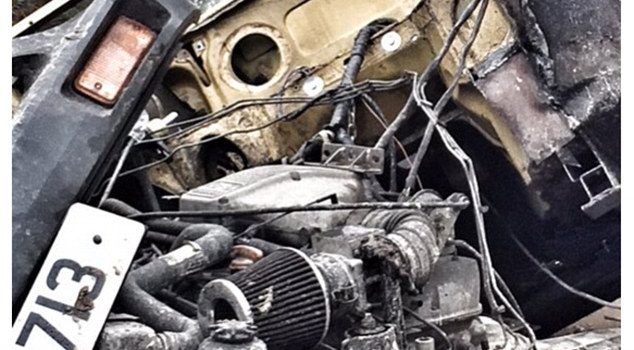
We know that if you have an internal problem with your body your doctor would recommend either an X-Ray or a CT scan. And now it seems the same technology will be used on crashed cars to help analyze and determine what caused them to crash.
Computed Tomography (CT scan to you and me) has long since helped many a human, and now the Fraunhofer Development Center would like to do the same for crashed cars.
The center is using the biggest CT scanner they can get their hands on to analyze the wrecks. Naturally, a standard, hospital-sized one will not cover an SUV…
Fraunhofer has said that the CT scan will provide analysts with an in-depth, 3D view of the wreckage without hamoering or disrupting anything. Thus leaving the wreckage in it’s ‘original’ state.
Analysts and researchers hope to gain insight as to how the individual components of the car react under the forces of a collision.
Are you also wondering what mammoth CT scanner the center plan on using?
Well, according to Fraunhofer, they are busy building a giant scanner that will be used for cars as well as detecting damage to airplane wings and to scan the contents of shipping containers.
Very clever, Fraunhofer!
The process of scanning a car is a tad bit more complicate than scanning a human’s brain, however.
Firstly, the wrecked car will be hoisted onto a turntable. Then, as the turntable turns, two X-Ray detectors on both sides scan the wreck.
Then, a computer merges the multiple images generated into a whole, 3D CT scan.
This mammoth scanner has a resolution of 0.8mm although the designers hope to bring that down to 0.4mm.
If all goes to plan, the scans could (theoretically) allow the crash investigators to track where the weakening failure of specific parts of the car is. It will also be able to show them where forces were directed and how each separate part of the car’s structure reacted.
We are also betting that this CT scanner will make crash investigation TV shows on the Discovery channel way more interesting.
Source: Motor Authority



